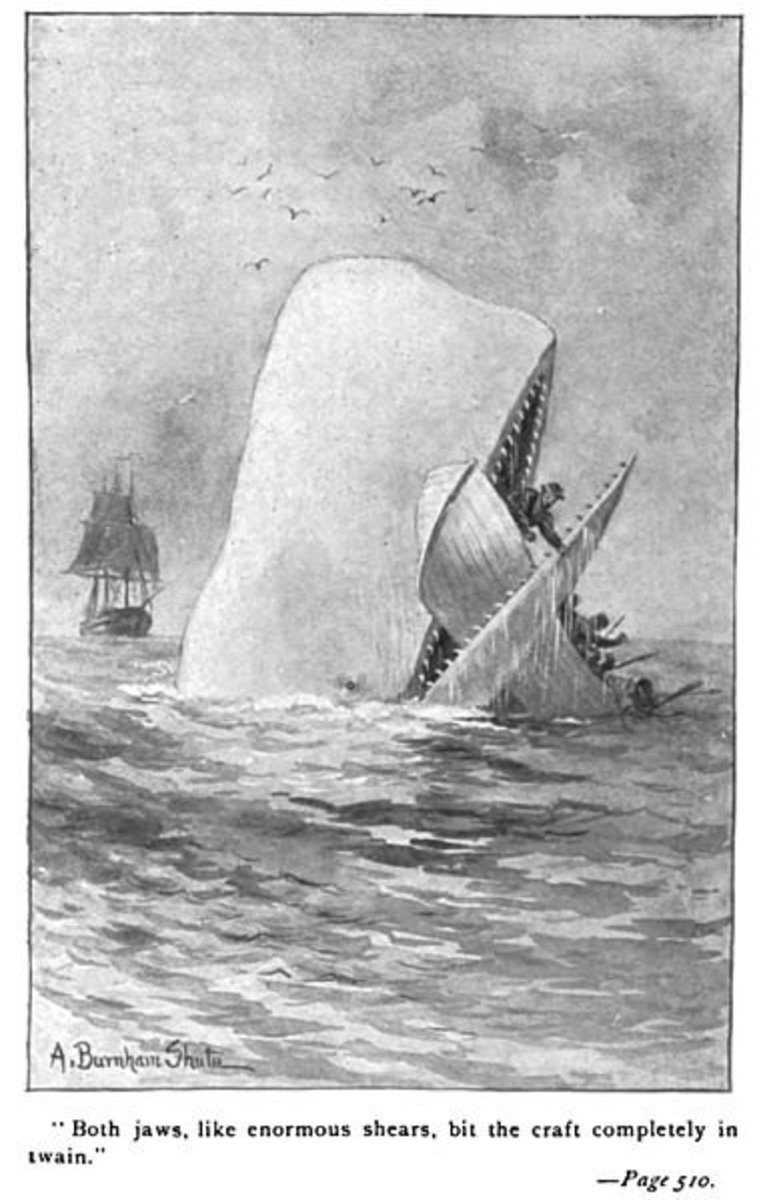The Kraken and the Leviathan are two legendary sea monsters that have captured the imaginations of people throughout history. The Kraken originated in Scandinavian folklore and was described as a giant creature with tentacles that could capsize ships. Meanwhile, the Leviathan came from ancient Jewish and Christian mythology and was portrayed as a multi-headed serpent covered in impenetrable scales. Although both monsters are associated with chaos and destruction, they differ in their origins and appearance. Both have had a significant impact on popular culture and have been interpreted in various ways, inspiring new stories and interpretations to this day.
The Kraken vs. The Leviathan: A Deep Dive into the Mighty Creatures of the Sea
Since the dawn of civilization, legends of giant sea monsters have plagued seafarers and captured the imagination of the masses. Two names that frequently come up when discussing these legendary creatures are the Kraken and the Leviathan. But what are these creatures, and how do they compare to each other? In this deep dive, we will explore the origins, descriptions, and cultural significance of the Kraken and the Leviathan.
The Kraken
The Kraken is a legendary sea monster that originated in Scandinavian folklore. It was described as a massive creature with giant tentacles and a body so large it could capsize a ship. The Kraken was said to live off the coasts of Norway and Greenland and was rumored to drag ships and sailors to their doom.
The first written descriptions of the Kraken date back to the 13th century, where it was described as an island-sized creature that could lie dormant for years before awaking to wreak havoc. Later descriptions of the Kraken became more detailed, with some claiming it had eyes the size of carriage wheels and could spew jets of black ink to confuse its prey.
The Leviathan
The Leviathan is another legendary sea monster that originated in ancient Jewish and Christian mythology. It was described as a massive, serpentine creature with multiple heads and a body covered in impenetrable scales. The Leviathan was also said to live in the depths of the ocean, and its presence was seen as a symbol of chaos and destruction.
The term “Leviathan” is mentioned several times in the Bible, where it is described as a formidable opponent of God. Ancient scholars interpreted the Leviathan as a representation of Satan, while others saw it as a force of nature that could not be tamed by humans.
Differences Between the Kraken and the Leviathan
While both the Kraken and the Leviathan are giant sea monsters, there are some key differences between them. One significant difference is their origins; The Kraken was born out of folklore, while the Leviathan has its roots in religious mythology.
Another key difference is their appearance; The Kraken is usually depicted as a squid or octopus-like creature with tentacles, while the Leviathan is portrayed as a serpentine monster with multiple heads. The Kraken is also associated with attacking, capsizing, or dragging ships to their doom, while the Leviathan’s presence is seen as a sign of chaos and destruction.
Cultural Significance and Modern Interpretations
Both the Kraken and the Leviathan have had a significant impact on popular culture over the years. The Kraken has been featured in numerous films, including Pirates of the Caribbean and Clash of the Titans, while the Leviathan has been portrayed in several movies and TV shows, including Supernatural and The Avengers.
Both creatures have also been interpreted in various ways. Some have seen the Kraken as a symbol of the destructive power of nature, while others view it as a metaphor for psychological trauma. The Leviathan has been interpreted as a symbol of chaos and the constant struggle against evil.
In conclusion, the Kraken and the Leviathan are two of the most famous legendary sea monsters in history. While they have some similarities, including their immense size and power, they also have several differences in appearance and origin. Despite their mythical status, these creatures continue to capture our imagination and inspire new stories and interpretations to this day.
